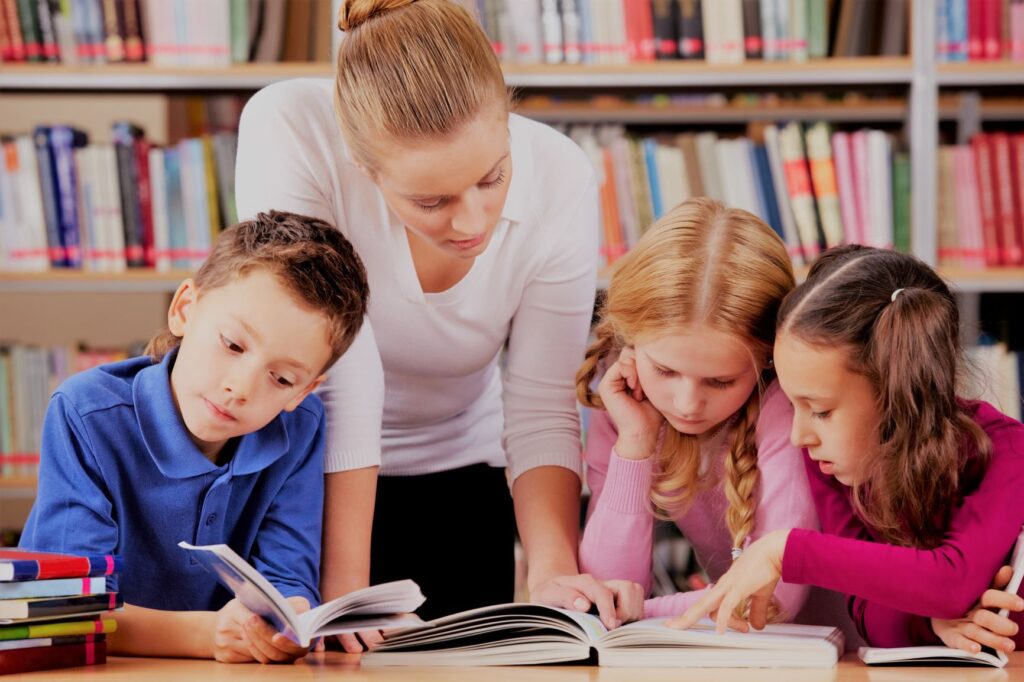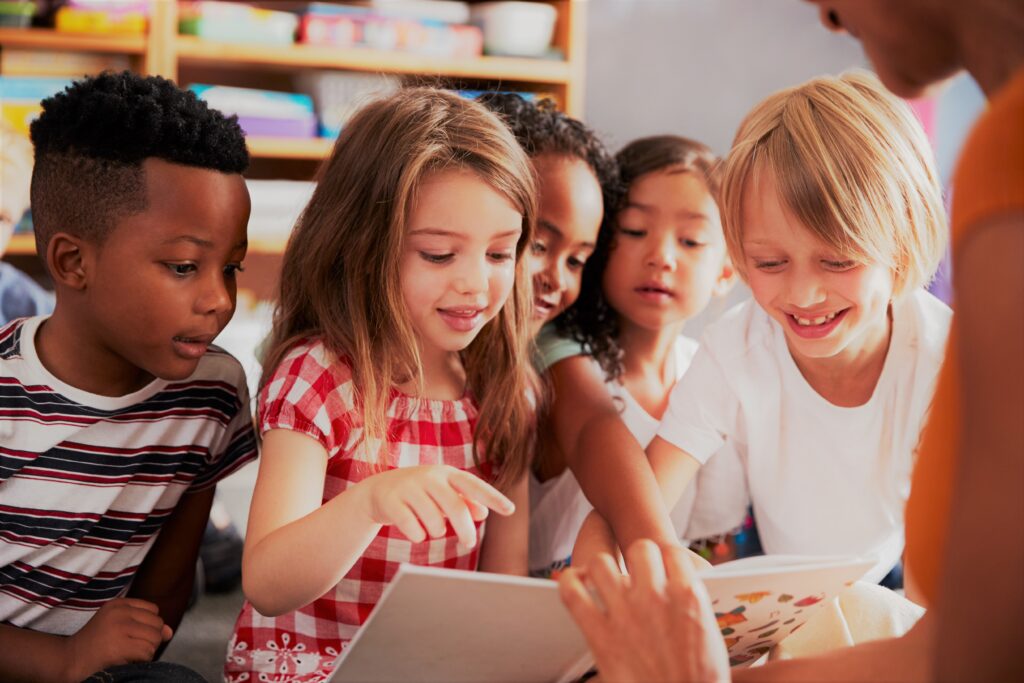What is Guided Reading?

Guided reading is a powerful and effective instructional approach that supports, monitors, and enhances reading growth of all students. Guided reading instruction is done in a small group setting with other children at the same reading level who also exhibit similar reading habits. During guided reading, students read a teacher-assigned text at their instructional reading level and participate in activities and lessons that are tailored to the unique learning needs of the group. The goal of guided reading is for students to be able process increasingly challenging books with fluency and comprehension.
Why is Guided Reading Important?
Guided reading has been proven to be highly effective in developing valuable reading strategies and higher level comprehension skills in both strong and struggling readers. Guided reading is tailored to the meet needs of the individual student at their instructional reading level. This means that they are receiving quality, targeted instruction and working with books that provide just the right level of difficulty to ensure reading growth. By working through books that students can read at about 90% accuracy, students develop confidence in reading and learn to problem solve by employing a variety of decoding strategies to read difficult or unfamiliar words.
As students continue through consecutive weeks of guided reading instruction, they begin to apply previously taught strategies to progressively more challenging books while still having guidance from a teacher– leading ultimately to reading independence.

Guided reading has been shown to:
- build oral reading fluency and accuracy
- improve areas of weakness and establish fundamental skills necessary for proficient reading
- boost vocabulary knowledge
- develop comprehension and higher-order thinking skills
- improve attention to detail, tracking, and self-monitoring
- encourage valuable literary discussions among peers
- provide exposure to a wide variety of genres so students can develop favorite types of texts
- foster a love of reading and boost confidence
What does Guided Reading Look Like?
In a guided reading session, each student has access to his/her own leveled text. The teacher usually starts off the lesson by giving a brief introduction of the text and prompting a discussion about the genre. Next, the teacher will preview difficult vocabulary words that students will come across while reading. At this time, a specific phonics or grammar rule may be explicitly taught and practiced.

A “picture walk” is usually performed next. This is when students are directed to flip through the book and only look at the pictures in order to make predictions about the text. Next, the teacher will provide a prompt or objective for the students to focus on while reading. Students will read the text independently while the teacher circulates the group, listening in to various readers and providing guidance when necessary.
Sometimes, the teacher will use this time to meet with a specific student and perform what is known as a Running Record–a quick and informative reading assessment. Running records are very valuable in monitoring student reading level and identifying error patterns as well as a student’s ability to use specific reading strategies. Teachers use this information to inform and guide their instruction.
After students finish reading, the teacher prompts a guided discussion about the text. This allows students to think more deeply about different aspects of the story including-story elements, character analysis, figurative language, etc. These discussions also provide the group with an opportunity to practice specific comprehension skills. The teacher will usually model a comprehension skill based on the text and allow students time to practice using this skill either with the group or in a partner setting. Lastly, students will transfer their thinking into writing in a guided writing lesson that uses the comprehension skill of the week as the focus.
